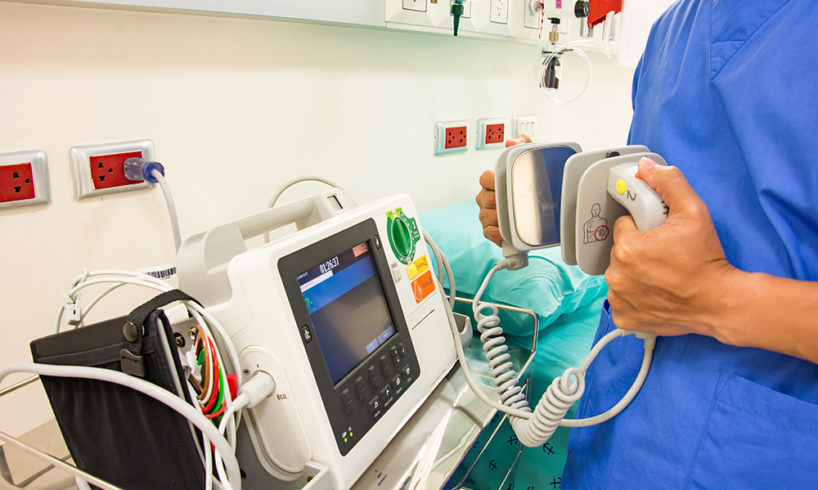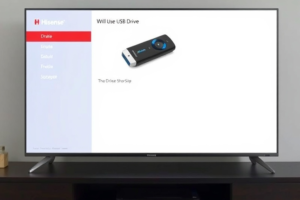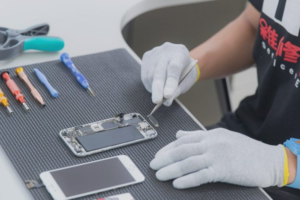
In the healthcare industry, specialized machines and equipment play an undeniably crucial role in potentially saving lives. Among such devices are the defibrillator machine and the phototherapy machine, both of which can be used in emergency or critical situations. This detailed guide aims to elaborate on how these machines function and how to utilize them properly.
A defibrillator machine is primarily used to deliver electric shocks in instances of cardiac arrest, particularly in situations where life-threatening emergencies, like ventricular fibrillation, transpire. On the other hand, the phototherapy machine is commonly utilized in neonatal units to alleviate newborn jaundice. Understanding these machines’ functions and operations can help in emergencies where immediate medical support may not be available.
Defibrillator Machine: A Step-by-Step Guide
- Examining the Patient: First, assess the patient’s consciousness and breathing. If both are absent, begin cardiopulmonary resuscitation (CPR) immediately.
- Preparation of Defibrillator: Turn on the machine. Attach electrode pads to the patient’s chest following the instructions displayed on the defibrillator. These pads must make a solid contact with the skin.
- Analyzing Rhythm: The defibrillator should begin to assess the patient’s heart rhythm automatically. Everyone should stand clear of the patient during this analysis.
- Delivering the Shock: If the defibrillator advises a shock, ensure that nobody is touching the patient. Press the shock button on the machine as instructed.
- Post-Shock Steps: Immediately after delivering the shock, start CPR again. After every two-minute interval, the defibrillator will reanalyze the heart rhythm. If necessary, the shocks can be repeated based on the machine’s instructions. Continue this process until the medical help arrives.
Phototherapy Machine: A Step-by-Step Guide
The phototherapy machine uses specific light wavelengths to reduce bilirubin levels in a newborn’s blood, effectively treating jaundice by helping the baby’s body process and eliminate excess bilirubin more efficiently.
- Preparing the Baby: Ensure the baby is appropriately cleaned and dried. Remove any clothing or diapers as the baby will need to be undressed under the light.
- Positioning the Baby: Place the baby on the phototherapy mattress or under the phototherapy lights. The baby’s eyes should be protected by specially designed covers.
- Setting the Machine: The machine should be set as per the doctor’s orders, focusing on specific light intensity level and duration of exposure. Confirm that all settings are correct before continuing.
- Monitoring the Baby: Check the baby’s position frequently, making sure the maximum body surface is exposed to the light. Monitor the baby’s vital signs, bilirubin levels, and hydration status throughout the treatment.
- Post-Treatment: Once the treatment is completed, the baby will be removed from the machine, clothed, and fed.
It is important to note that while defibrillators can be used by non-medical personnel in emergencies, the use of a phototherapy machine is best left to trained healthcare professionals in a medical facility, ensuring the safety and proper care of the newborn.
Both the defibrillator and phototherapy machines are instrumental in their respective scenarios and knowing how to operate them effectively can transform critical situations for the better. However, these steps should be used as a reference guide, and full training by a certified professional is absolutely necessary to ensure the correct and safe use of these machines.
In conclusion, these machines represent significant advances in medical technology and have demonstrably improved patients’ outcomes in numerous scenarios. With appropriate knowledge and training, these machines can significantly boost survival rates in emergencies and improve the quality of life in our communities.




